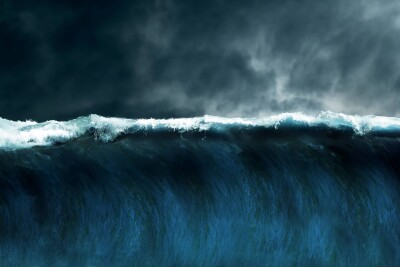2013 sustainability report shows 3D design giant cut carbon emissions 34% since 2009
Autodesk Inc., a global leader in 3D design software for manufacturing, building, construction, engineering and entertainment, has released its fifth sustainability report, pointing out that over the past year it grew revenue 4 percent while it reduced its carbon footprint 8 percent.
San Rafael, Calif.-based Autodesk said the report focuses on its environmental and social impacts during fiscal year 2013. For example, it also cut its carbon emissions by 34 percent since 2009. Autodesk said it will also increase the amount of renewable energy it uses in FY2013 to 30 percent globally – about 11,900 megawatt hours (MWh) compared with 6,140 MWh in 2012.
But the report also discusses the company’s strategy to address broader issues of sustainability. For instance, Autodesk pointed out that by 2050, the world’s population is forecast to climb to nine billion, putting significant pressure on the planet and its resources.
“This growth will intensify the complexity and urgency of the epic global challenges we face – ranging from hyper-urbanization and inadequate healthcare to energy demands, climate change, and access to food and water – making it increasingly difficult for nine billion people to live well and to live within the limits of the planet,” said Autodesk in its report.
The company said among the issues with the most potential to increase in both their importance to its business and to sustainable development in general are:
- responsible infrastructure and manufacturing
- climate resilience and adaptation
- global health
Autodesk said its customers use its products and services to capitalize on growing opportunities presented by the market transformation toward more sustainable design.
“We provide tools to more than 12 million architects, designers, and engineers who plan cities, design buildings, supply people with energy and water, make consumer products, and develop manufacturing processes,” the company said.
Autodesk has focused for years on the following issues where it can have the greatest impact:
- developing technology that enables sustainable design
- driving adoption of sustainable design practices
- reducing our environmental impacts
For this year’s sustainability report, Autodesk teamed up with corporate sustainability firm BSR to conduct an assessment of its efforts to make the most significant contributions.
Key themes from the analysis included the following:
- Climate and energy: climate change and energy efficiency are priorities, especially how we can help customers address energy concerns and achieve cost savings using Autodesk design solutions.
- Water management: as the climate changes and population increases, water flows will become more variable and the resource more precious. Our power and industrial customers represent the industries with the highest level of water withdrawal, and are seeking ways to mitigate these risks.
- Materials reduction and selection: many of our customers work in resource-intensive industries, from the manufacture of automobiles to the construction of bridges. They are working to use materials more efficiently, and to use materials with lower environmental impact.
- Next-generation design: Autodesk can impact sustainable design and generate business value by advocating for design education and practices that encourage next-generation designs and result in a competitive advantage for our customers.
- Diversity: creating and developing a diverse workforce is a key priority as we seek to attract talent and grow in the emerging and consumer markets. A diverse workforce helps us to better understand local business and sustainability issues, trends, and stakeholder values and expectations.
- Ethics and governance: we will continue to focus on key ethics and governance issues that impact Autodesk and sustainable development, particularly data security, privacy, piracy, and intellectual property theft.
- Human rights: although human rights and supply chain-related issues are generally low in relative importance for Autodesk given our business model, technology innovations including cloud computing are increasing the relevance of issues such as privacy and freedom of expression across the industry. Customer use of products is another issue for future consideration.
“In our assessment of the trajectory of these issues during the coming decades, we concluded that nearly all will increase in relevance,” the company said.
Autodesk said it was focused on four strategic priorities to help tackle these problems and create a sustainable future:
- developing innovative sustainability solutions
- empowering users through sustainable design education
- accelerating breakthrough ideas
- leading by example in our business operations





